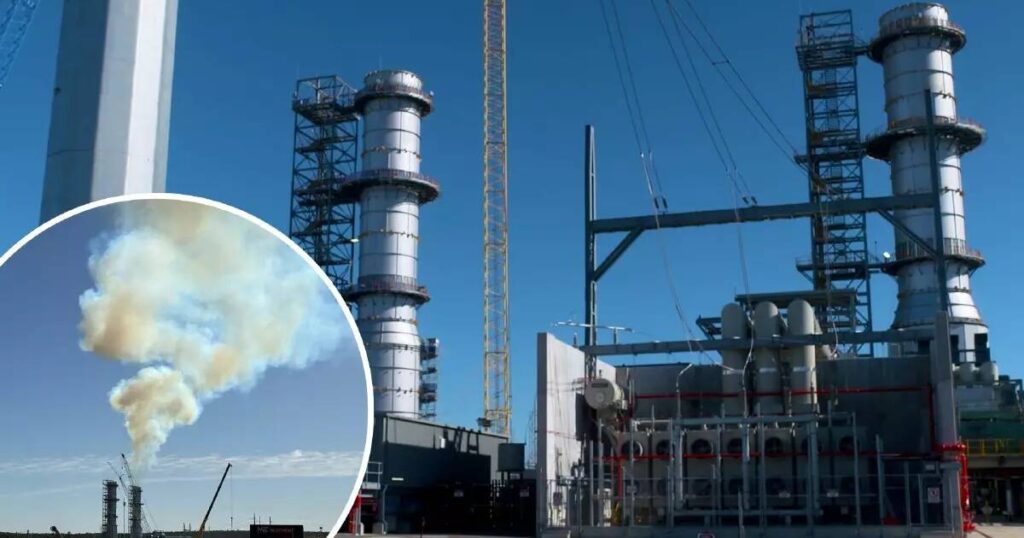Pollution from power plants is a pressing issue that affects our environment and health. Recently, concerns have been raised regarding the emissions from the Hunter Power Plant, operated by Snowy Hydro. With regulations tightening globally, you might wonder: How will this impact you and the air you breathe? In this article, we’ll explore the implications of potential regulatory actions by the Environmental Protection Agency (EPA) against Snowy Hydro and what it means for the Hunter region.
Stay with us as we delve into the specifics of the situation, examining the ecological and health-related consequences of power plant emissions.
Understanding the Current Situation
The Hunter Power Plant has come under scrutiny due to its emissions that exceed acceptable limits. The EPA is considering regulatory measures, raising questions about the plant’s operational practices and compliance with environmental standards. But why is this significant? The air quality in your community directly impacts not just the environment but also public health.
Moreover, the increasing awareness of climate change is prompting more stringent regulations regarding emissions. So, what does this mean for future energy policies? It could lead to a shift towards cleaner energy sources.
The Environmental Impact of Emissions
Pollutants from power plants can have various harmful effects on the environment. Here are some critical impacts:
You might be wondering how these factors affect your daily life. Poor air quality can lead to health problems such as asthma and other respiratory diseases, making it essential to address these issues promptly.
Health Risks Associated with Power Plant Pollution
The pollutants released by power plants pose serious health risks. Studies show that long-term exposure can lead to conditions such as:
Have you experienced any health issues related to air quality? Understanding these risks can motivate communities to advocate for stricter regulations and cleaner energy practices.
Future of Energy Regulations in Australia
As the EPA considers its options regarding Snowy Hydro, the future of energy regulations in Australia could be at a turning point. With climate goals becoming more ambitious, stricter guidelines may be on the horizon. You might ask yourself, how will this affect your energy bills or the availability of jobs in traditional energy sectors?
The transition to renewable energy sources may create new opportunities while phasing out reliance on coal and gas. This shift will require investment in technology and infrastructure, which could lead to job creation in green sectors.
Community Response and Advocacy
Local communities have the power to influence change. Advocacy groups are increasingly vocal about the need for cleaner energy solutions. Community members can engage in initiatives to:
Have you considered getting involved in local initiatives? Your voice can make a significant difference in shaping a cleaner, healthier future for everyone.
In summary, as the EPA weighs its options regarding Snowy Hydro’s pollution issues, the implications extend far beyond regulatory compliance. They touch on public health, environmental sustainability, and community resilience. The path forward is complex, but it’s one that demands our attention and action.




















